💫 The Rise of Contextual AI: How Miro and Amplitude Are Making Products That Actually Understand You
Insights from "Product Benchmark Report" and the shift from generic AI to intelligent systems that know your behavior, your work, and your goals.
Hello everyone 👋 I’m Kate Syuma, and welcome to Growthmates.news — the newsletter where we explore growth stories to inspire your professional and personal growth. Join the community of 7,000+ Product, Design, and Growth people from companies like Amplitude, Intercom, Miro, Atlassian, Grammarly, Framer, and more.
The past year made one thing clear: we’ve reached the limit of generic AI.
Everyone’s launching AI features, but most of them feel the same — fast, clever, and disconnected from how people actually work. We don’t need smarter tools. We need tools that understand context — what users are doing, why they’re doing it, and where they are in their journey.
Two recent launches from Amplitude and Miro show this shift beautifully.
And before we dive in, I want to introduce you to tools that I love and use actively in my work to gain constant inspiration 🚀
This post is brought to you by Amplitude — meet Amplitude MCP: Unlock Behavioral Insights Everywhere You Work 👇
Bringing behavioral context to AI tools like Claude and Cursor will help your team make smarter, faster product decisions. What used to require a data analyst, tool expertise, and hours of work now happens in minutes right inside your AI workflow.
Best way to support Growthmates? Explore more fantastic tools 👇
Framer — where I design and publish stunning websites.
Mobbin — where I get deep product inspiration.
Beacon AI — how I identify and fix UX issues.
Now, let’s dive into today’s story 👇
Today, we’re going to explore some fantastic updates from the industry:
How Amplitude’s Model Context Protocol (MCP) gives AI behavioral context from real product usage.
Recent Miro’s Canvas 25 that gives humans a creative context to co-create with AI like a human partner.
Product Benchmark Report and fresh takes on how to use behavioral insights to leverage activation and acquisition strategies.
These are the signals where the next era of product growth is heading.
And here’s my honest take on this 🔥
Contextual AI is replacing generic workflows — we need to build systems that understand behavior before they act.
Amplitude MCP: Giving AI behavioral context
Amplitude recently introduced its MCP (Model Context Protocol) Server — a quiet but massive leap for data-informed product teams.
MCP lets AI tools like Claude or Cursor securely access live product analytics. Instead of dashboards and filters, you can ask your product:
“Which onboarding flow drives the highest 7-day Activation?”
And get an answer — instantly.
How it works in practice:
Getting started is effortless. Simply add Amplitude from Claude’s connector list and you’re ready to ask sophisticated questions about user behavior:
“How did our last experiment perform? What are the key findings?”
“Show me signup conversion rates by traffic source this month”
“Analyze my event volume - any spikes or drops I should investigate?”
No dashboard expertise required. No SQL or data pipeline knowledge needed. Just natural conversation that gets you from question to insight in one flow.
And this is how any team can use it:
→ Product & Marketing: identify which acquisition campaigns translate to engaged users, spot churn risks, and determine high-retention segments
→ Growth Teams: design, test, and evaluate A/B tests directly through AI tools with comprehensive experiment analysis
→ Data Teams: monitor data quality, investigate taxonomy issues, and maintain instrumentation quality
The beauty of MCP isn’t the AI itself — it’s the context it gives AI. When large language models understand behavioral patterns, not just words, they become capable of meaningful product decisions.
As I like to think of it:
Without behavioral context, even the smartest AI is guessing.
The latest Amplitude Product Benchmark Report proves exactly why understanding how users behave is still the foundation of growth. Later in this article we’ll explore top insights for Acquisition, Activation, Retention and some interesting tactics for Enterprise.
📌 Want to see the full report? Learn the growth and retention strategies behind the world’s top products.
Miro Canvas 25: AI in the flow of work
The last few weeks were packed with amazing launches. When I saw Miro’s Canvas 25 launch, it hit differently. I spent almost 6+ years at Miro working on Growth before becoming a growth advisor, and I’ve witnessed dozens of product releases — but this one feels like a real shift.
For years, Miro has been a space for collaboration — a blank board where ideas come alive. But this update turns the canvas itself into something more: a living, thinking collaborator.
AI doesn’t sit on the sidelines anymore. It’s not a chatbot you open when you’re stuck or a plugin you forget exists. It’s right there, on the board — helping you cluster ideas, summarize messy conversations, and make sense of complexity while you’re still in the creative flow.
You don’t have to switch tools, lose focus, or explain what you’re trying to do. The context is already there — built into the fabric of how you work.
What I love about this approach is its humility. Miro isn’t trying to make AI the star of the show. It’s framing it as a co-creator, not a replacement. The goal isn’t to automate creativity — it’s to protect and expand it.
Because the real power of AI isn’t in doing the work for us — it’s in understanding the context of the work we do.
The real magic happens when AI understands not just your canvas, but your company. Miro’s collaborative integration layer supports the major AI platforms — from OpenAI to Anthropic, Google, and Azure.
Even more crucially, you can connect your own company knowledge through deep integrations with Amazon Q, Glean, and Gemini Enterprise.
This means your trained systems and proprietary knowledge are right where the work happens, turning the canvas into a true nerve center for your organization’s intelligence.
That’s how AI earns trust: not by being faster or smarter, but by fitting naturally into the way we think, create, and collaborate.
👉 The key takeaway: Miro isn’t just adding AI features — it’s redesigning the canvas around a new center of intelligence. This turns the canvas from a passive tool into an active collaborator for your ideas — the ultimate sign of a true partner.
How behavioural data can drive product growth.
AI is evolving fast — but without behavioral data, it’s flying blind. I explored a recent Amplitude Product Benchmark Report — a set of exclusive data from over 2,600 companies, revealing what separates the top 10% from the rest, and how you can close the gap.
Contextual AI (like Amplitude’s MCP Server or Miro’s AI Canvas) only becomes powerful when it’s grounded in what people actually do inside the product. Because data isn’t just numbers — it’s the story of user behavior unfolding in real time.
The main pattern is clear:
Teams that understand behavior and act on it quickly outperform everyone else.
These numbers are so stark they stop you in your tracks — and I’m not the only one who thinks so. As
perfectly summed up after reading the report as well.Here are a few patterns that stood out for me 👇
1. Activation is the real growth engine.
Products that activate users early are the ones that retain them long-term.
Companies in the top 25% for week-one activation are 3x more likely to lead in long-term retention.
Across all segments, early value delivery — the moment a user experiences “why this matters” — remains the single biggest predictor of sustainable growth.
The data shows a stunning link between early value and long-term loyalty.
69% of top performers in week-one activation were also the top performers in three-month retention.
The magic number? Having at least 7% of your users return on day seven puts you in the top 25% for activation and sets you up for strong retention.
But the median is far behind: by day 14, activation rates for median products are about 2%. That means for half of all products, >98% of new users are gone two weeks after sign-up.
2. Use behavioral insights to refine acquisition channels.
Most teams still approach acquisition like a volume game — casting a wide net across every possible channel, hoping something sticks. But the data tells a different story.
According to the report, the top-performing products focus on fewer channels, doubling down on those that consistently bring high-value, high-retention users.
What makes the difference isn’t just reach — it’s behavioral insight.
Instead of looking only at sign-up volume, leading teams use tools like Amplitude to track what happens after acquisition:
Which channels bring users who actually activate?
Who reaches their first aha-moment faster?
Where does long-term retention start?
This behavioral layer turns acquisition from guessing into precision.
🚨 But here’s a brutal truth: Acquisition isn’t the answer. The report reveals that there’s no correlation between acquisition and retention. The top quartile for acquiring users showed no relationship with the top quartile for keeping them. Pouring money into the top of the funnel is a leaky bucket without a solid activation strategy. Check data in full report →
3. Turn behavioral insights into real-time product decisions.
Most products collect data — few act on it fast enough. The benchmark shows that the top 10% of products drive 79% of total user engagement because they operationalize insights in real time.
Instead of waiting for reports, these teams use behavioral signals to adapt onboarding flows, tailor nudges, and trigger upgrades dynamically.
That’s exactly where Contextual AI comes in — tools like Amplitude’s MCP turn product analytics into a conversational layer, helping teams act on behavioral context without friction.
4. Closing the enterprise activation gap
The enterprise benchmark reveals a widening gap: top teams achieve 12.4% activation, while the median sits at 2.1%. What separates them isn’t just scale — it’s how precisely they connect data, design, and decision-making.
Leading enterprise teams use behavioral analytics to personalize onboarding at depth: segmenting by user intent, role, or first action to predict drop-offs before they happen.
This is the next frontier of enterprise growth: not automation, but adaptive intelligence built on behavior.
5. Leverage behavioral insights to drive product strategy and innovation.
Here’s a pattern that changes everything: the top 10% of products don’t just use data for optimization — they use it for strategic invention.
The report reveals a critical insight: the products that break into the 90th percentile aren’t just tweaking funnels; they’re fundamentally better at connecting user behavior to long-term value. They account for >80% of all new users and a staggering 79% of all user engagement.
👉 The key takeaway: The gap between the top performers and the rest isn’t just about better execution — it’s about better strategic direction derived from behavioral data. Don’t just use your data to optimize your current product; use it to discover and build your next one.
This was just a glimpse of the full report — I strongly recommend to review it with your team and turn most useful insights into action.
⭐️ 5 principles for Behavior-led Contextual AI:
Well, that’s a wrap for today 💜 Before we close, here are the key insights you can take back to your team tomorrow:
Context is the new competitive moat — It’s not about having AI; it’s about having AI that understands your user’s behavior (like Amplitude MCP Server) and your team’s work context (like Miro Canvas). This creates products that are truly hard to replicate.
Activation is the bridge to growth — The data doesn’t lie. Week-one activation is the single biggest predictor of long-term retention. Contextual AI must be leveraged to guide users to their “aha moment” faster, personalizing the path based on their behavior.
Hyper-personalization is the goal — Everything a user does: every sticky note they add to a Miro board, every feature they use in your product becomes learning material.
AI should be a Co-pilot, not the Pilot — The most powerful AI works alongside humans, amplifying their creativity and decision-making (like Miro’s Sidekicks), not replacing it. It should feel like a natural part of the workflow.
Data without action is just noise — Tools like Amplitude are critical because they close the loop. They turn behavioral insights from a static report into a dynamic conversation, enabling real-time, context-aware decisions that drive growth.
This is how we move beyond generic AI — by building products that don’t just process data, but understand people, leading to sustainable growth and products that users truly love.
Before you go…
Today’s issue was just a glimpse into my bigger mission: helping you GROW meaningful products that delight your users by relying on their real behavior. Here are more ways I can be helpful:
User-centric Growth Course — filling up for January ❄️.
If these frameworks sparked new ideas — imagine working through your actual product challenge with live feedback, templates, and a dedicated community (AI will be there).
👉 Join with 150$ off → (promo “growthmates” for dear readers)
Onboarding Design Sprint 🏃♀️ or PLG Advising (2 slotsg for Q1 🚀)
I will work closely with your team to help you fix your product growth challenges and improve the first user experience that can drive x2 uplift on your Activation.
👉 Work with me →
Brand Partnerships 📩
Let’s tell your product story to a trusted audience of 28,000+ product, design, and growth leaders — and co-create meaningful content that inspires the wider product and design community.
👉 Request content partnership: hello@growthmates.club
This is all for today, dear readers. If you found this helpful — please share your reaction and leave some comments 💜 It would give a huge support for me to continue creating this!
If you find this newsletter valuable, share it with a friend, and consider subscribing if you haven’t already. There are some discounts available, and maybe you can expense this :)
Connect with me on LinkedIn and learn more about my work on Growthmates.club.
With best regards,
Kate Syuma



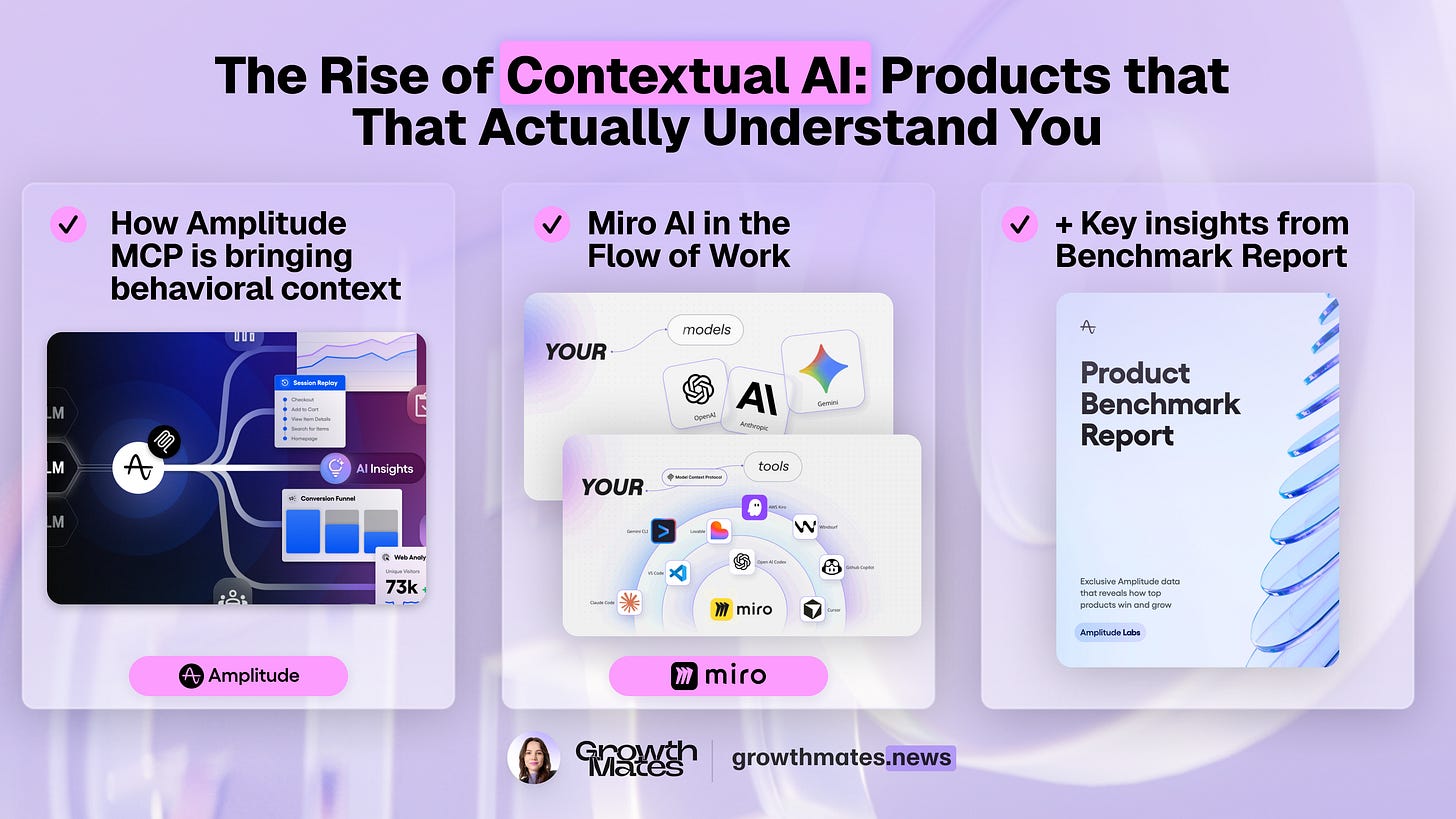
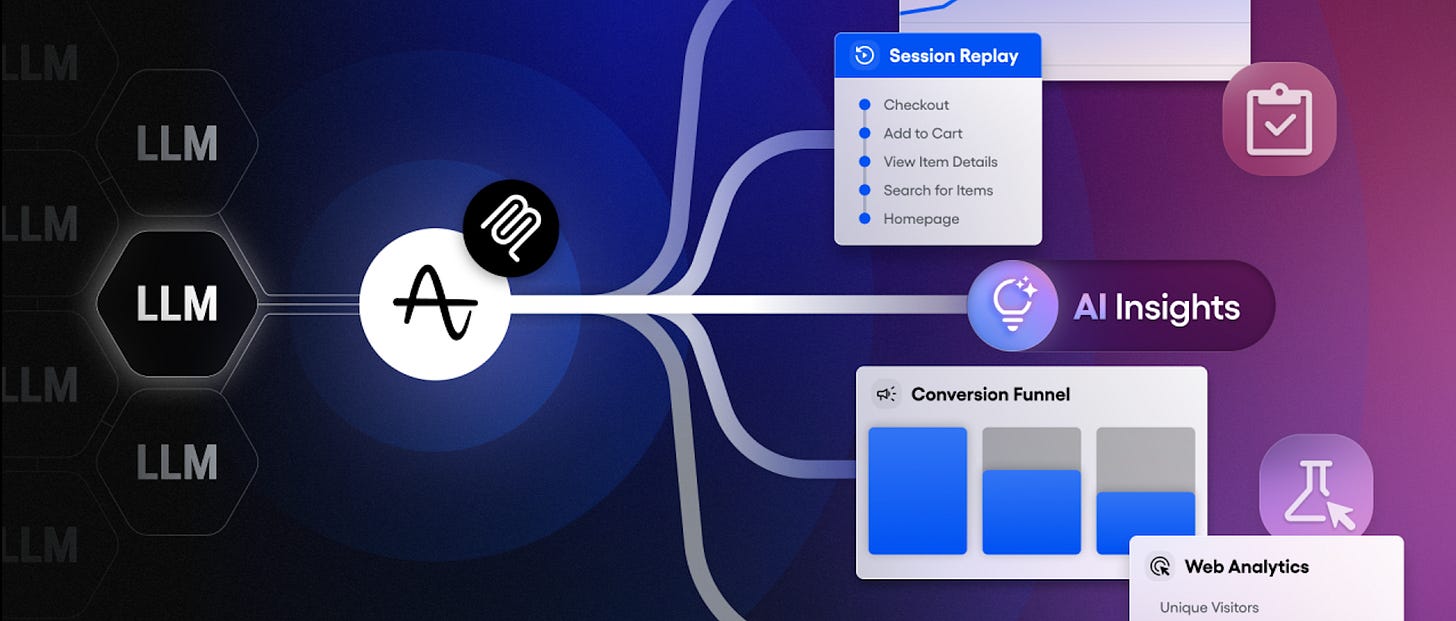
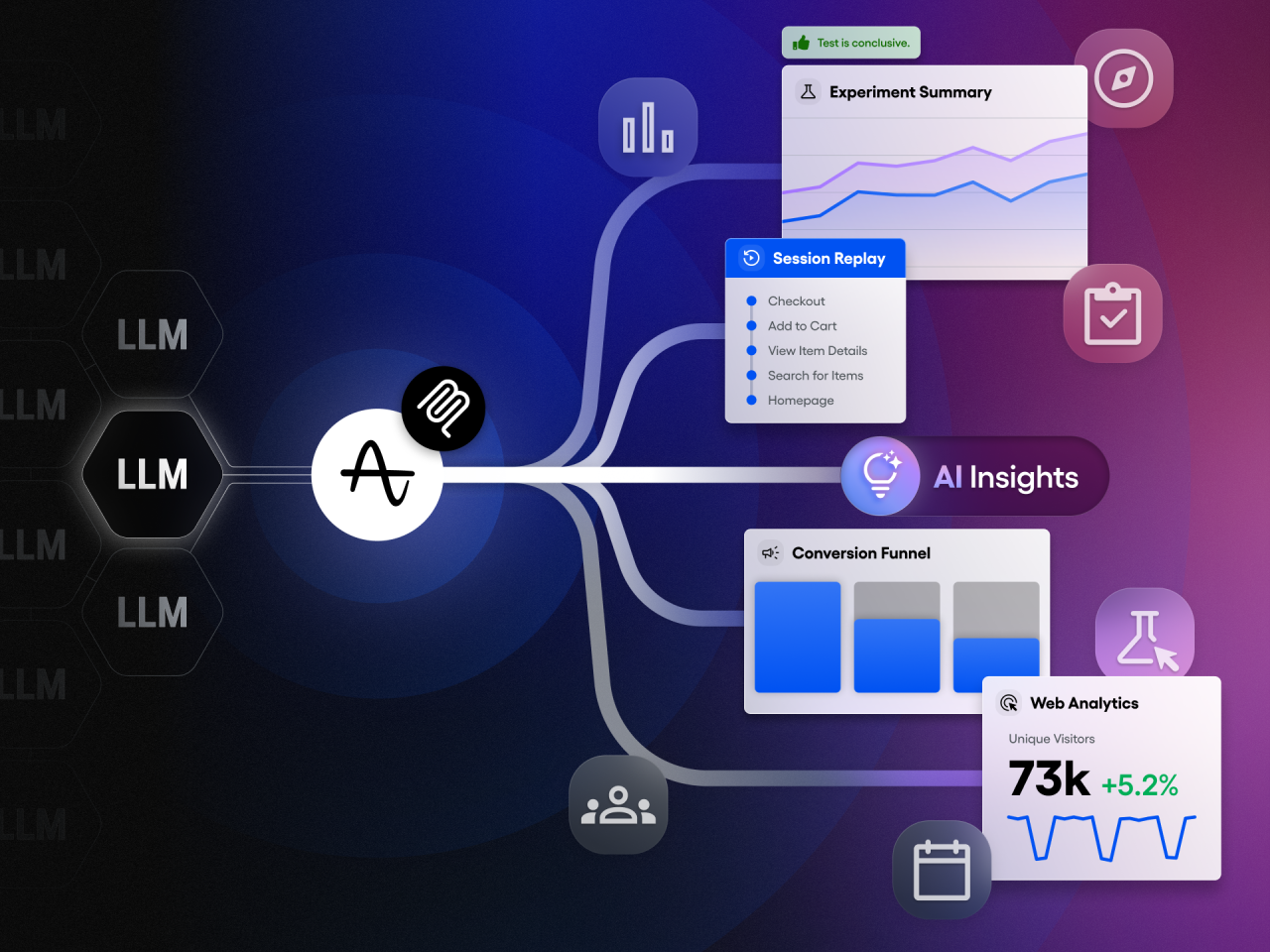
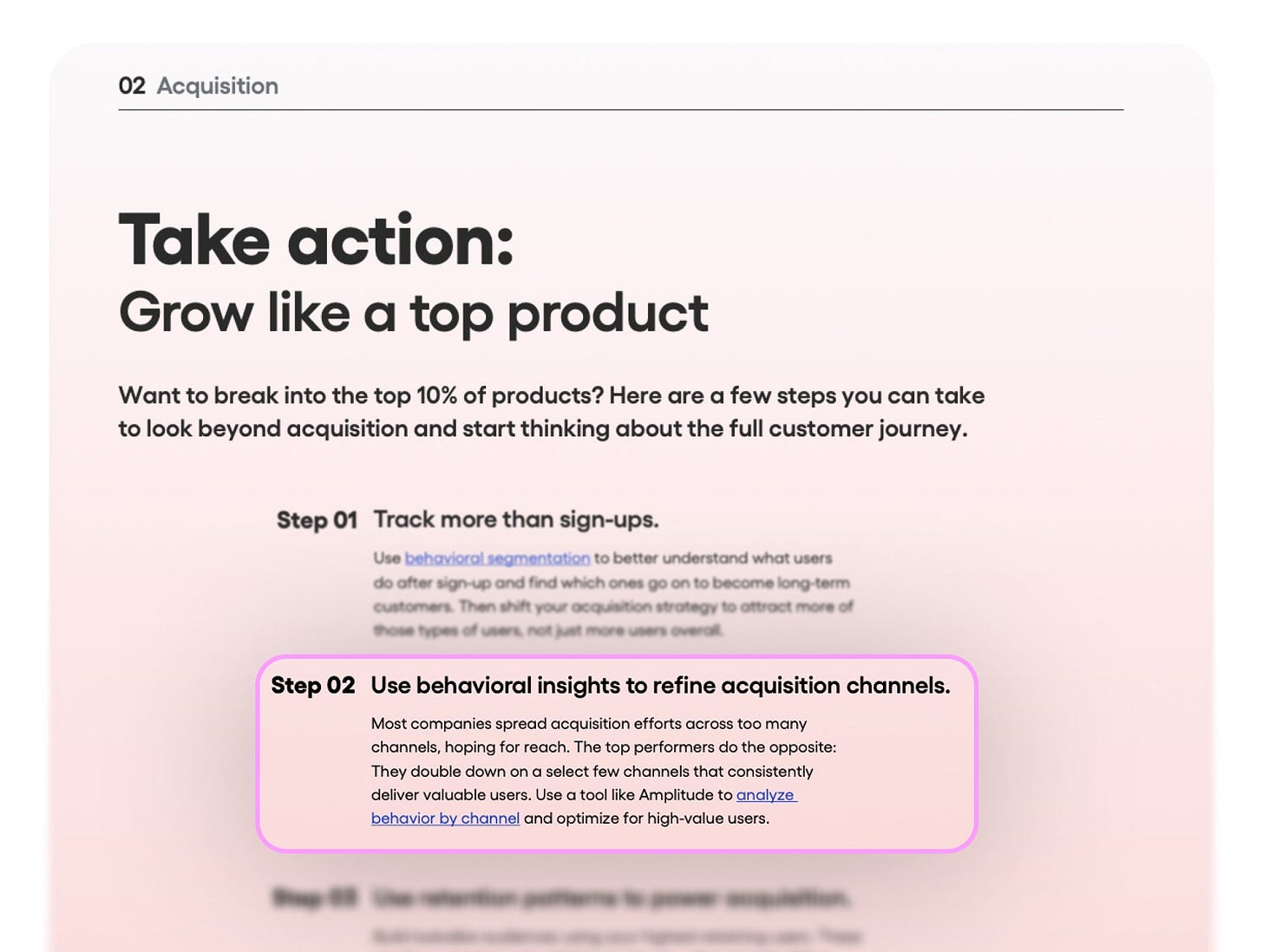
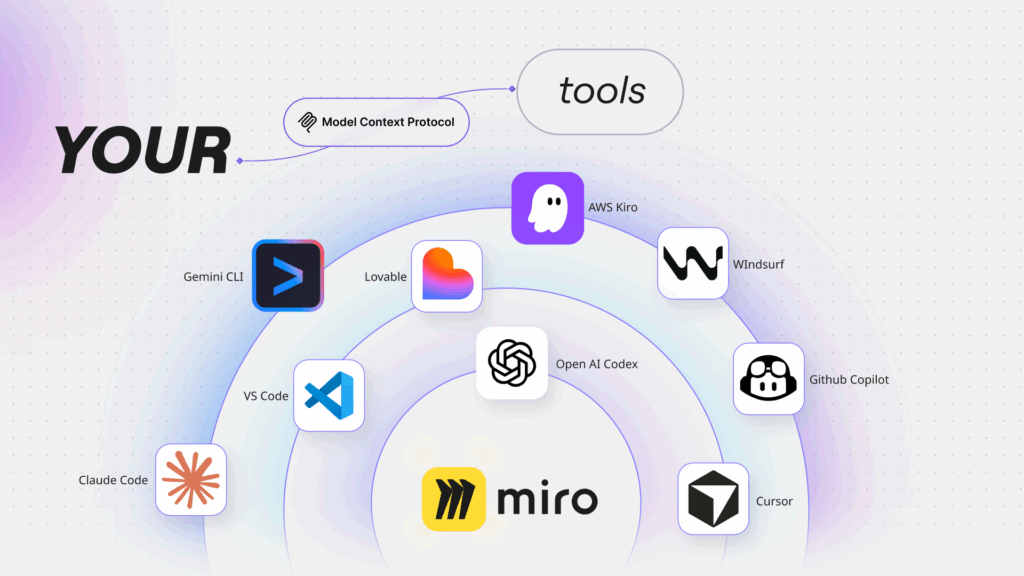

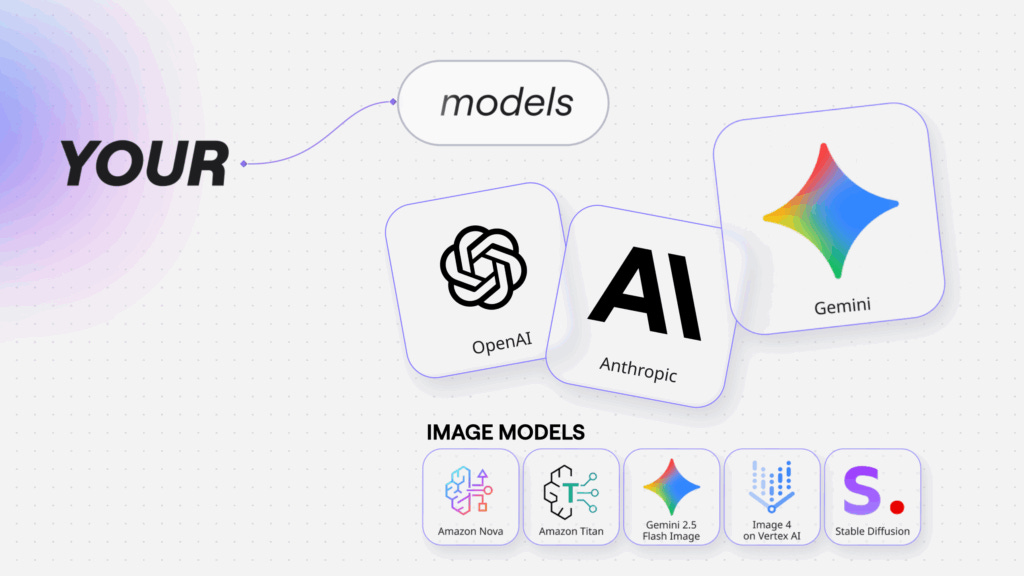
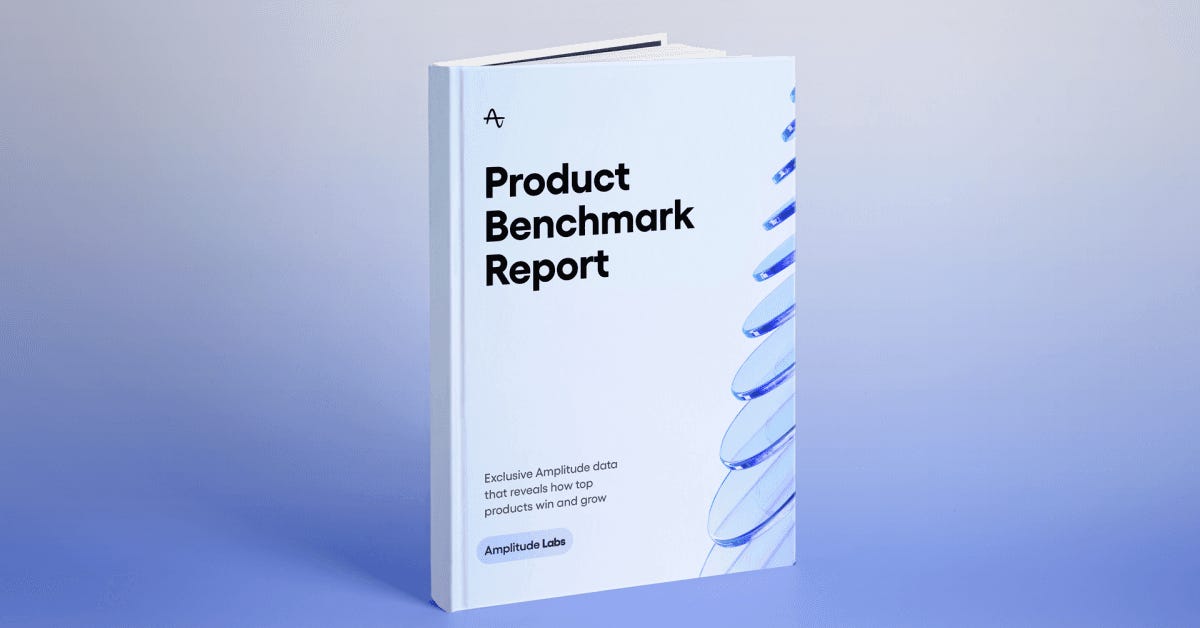
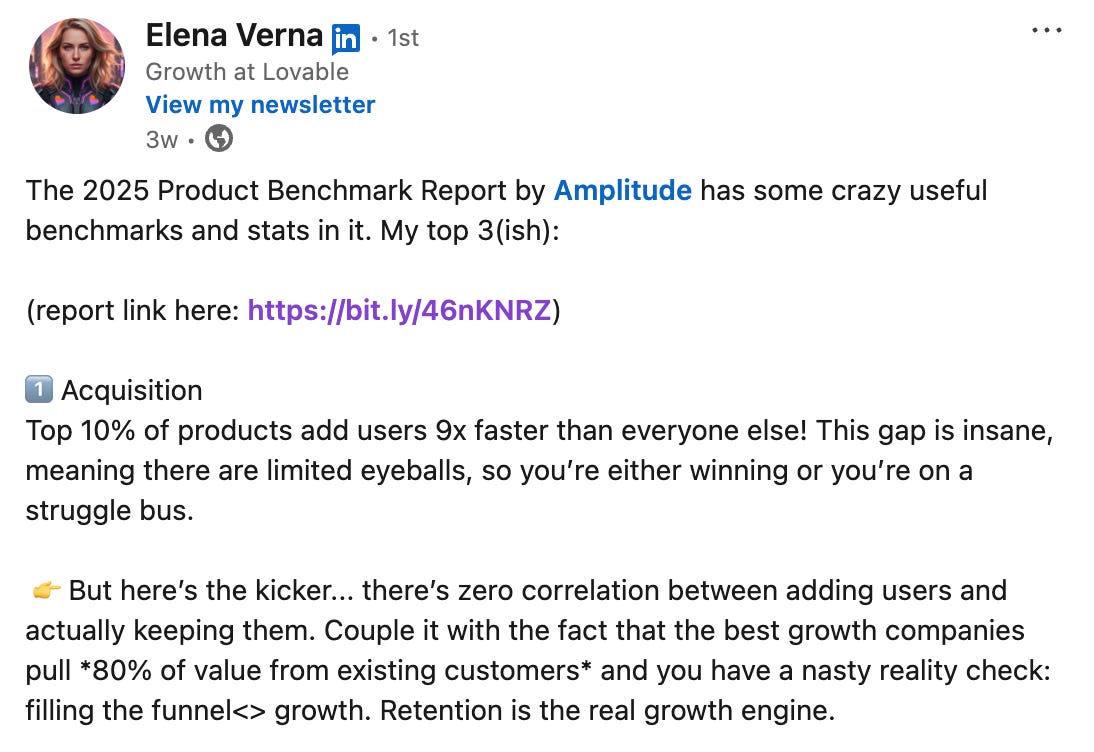
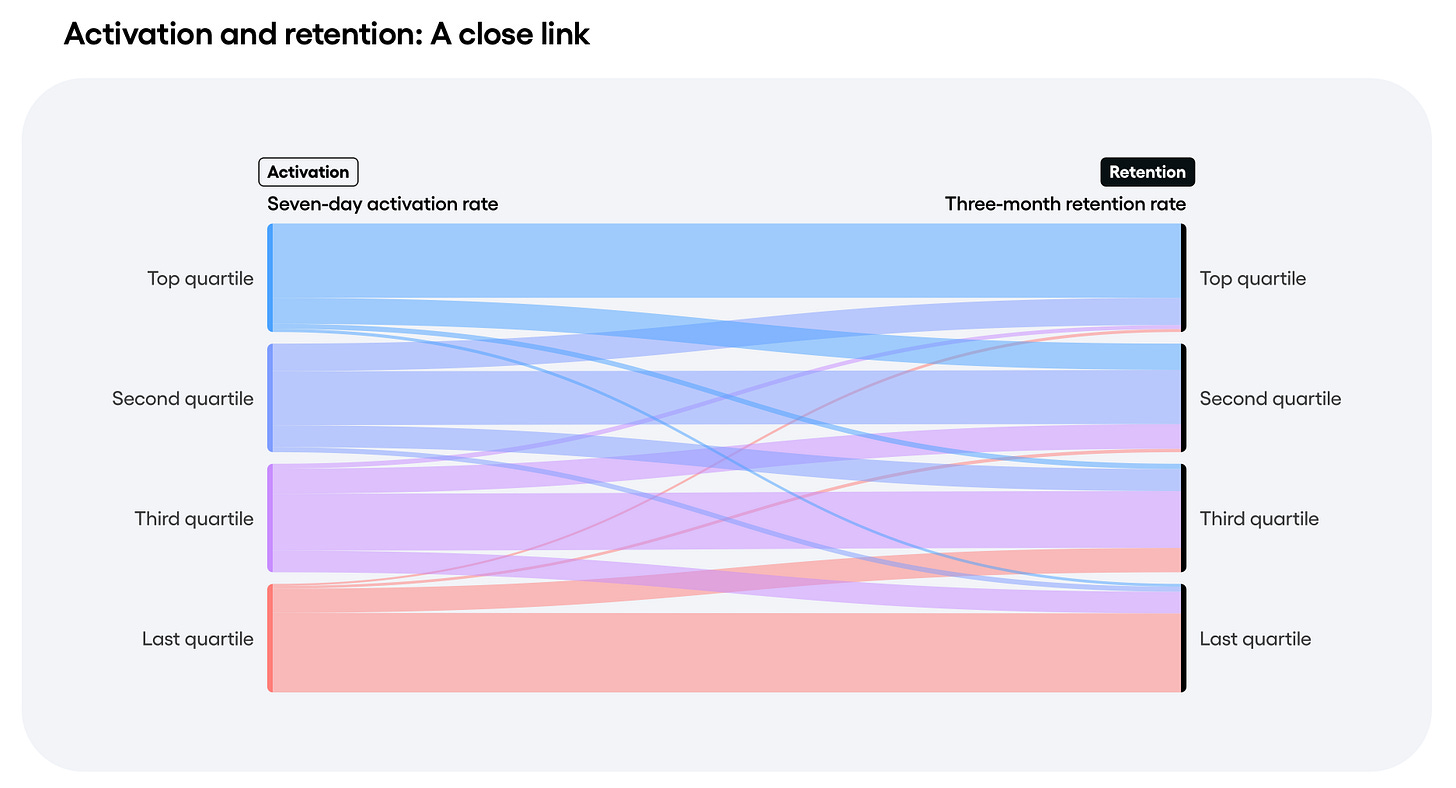

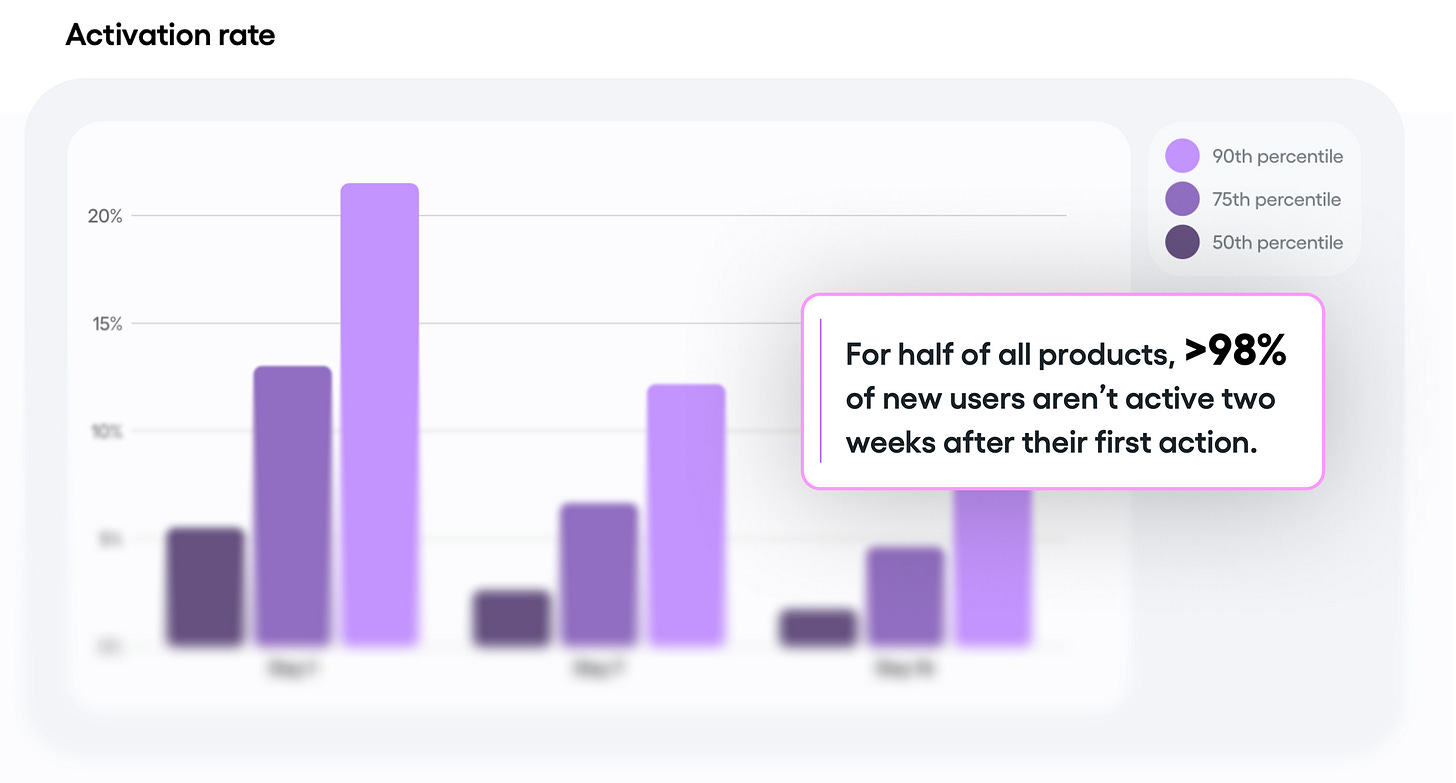
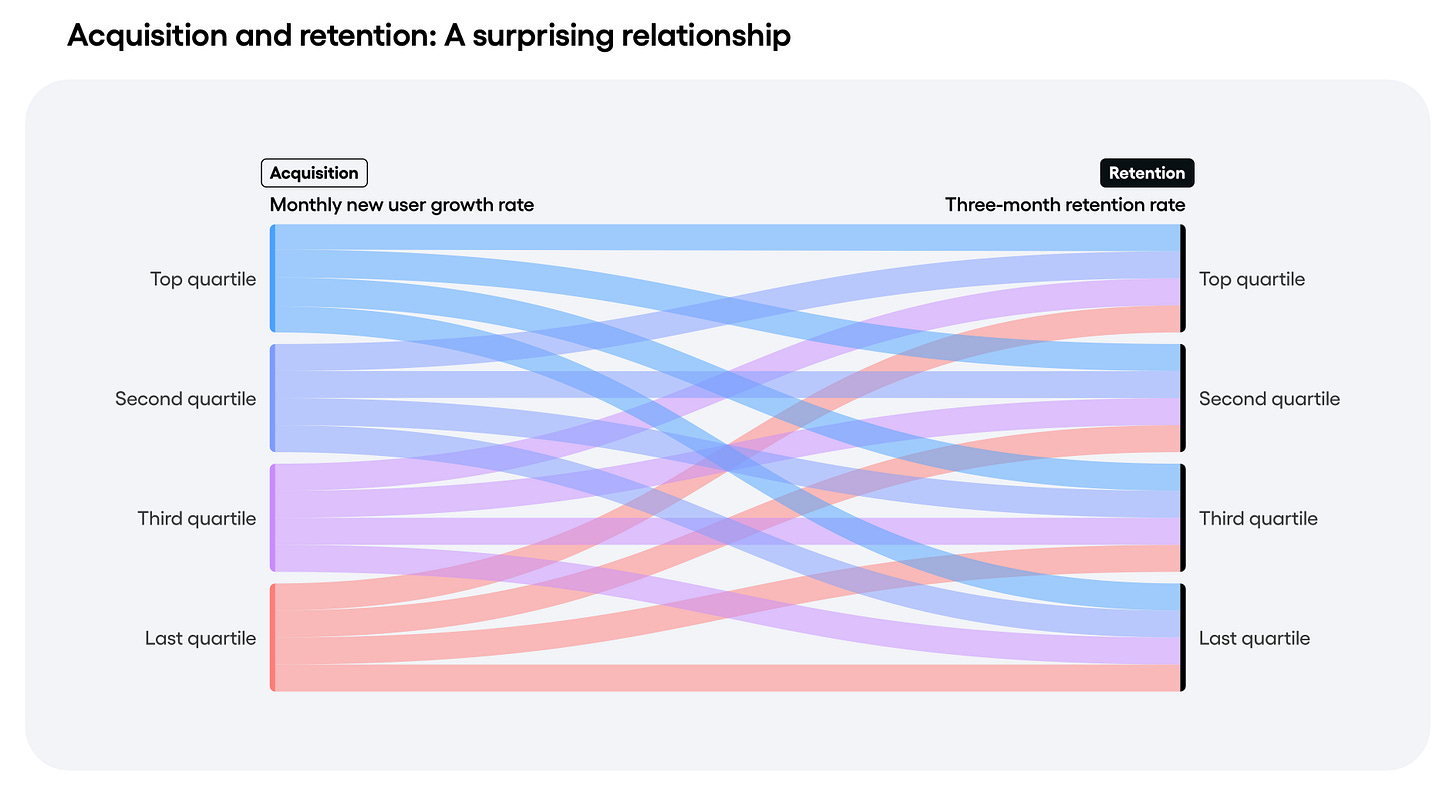
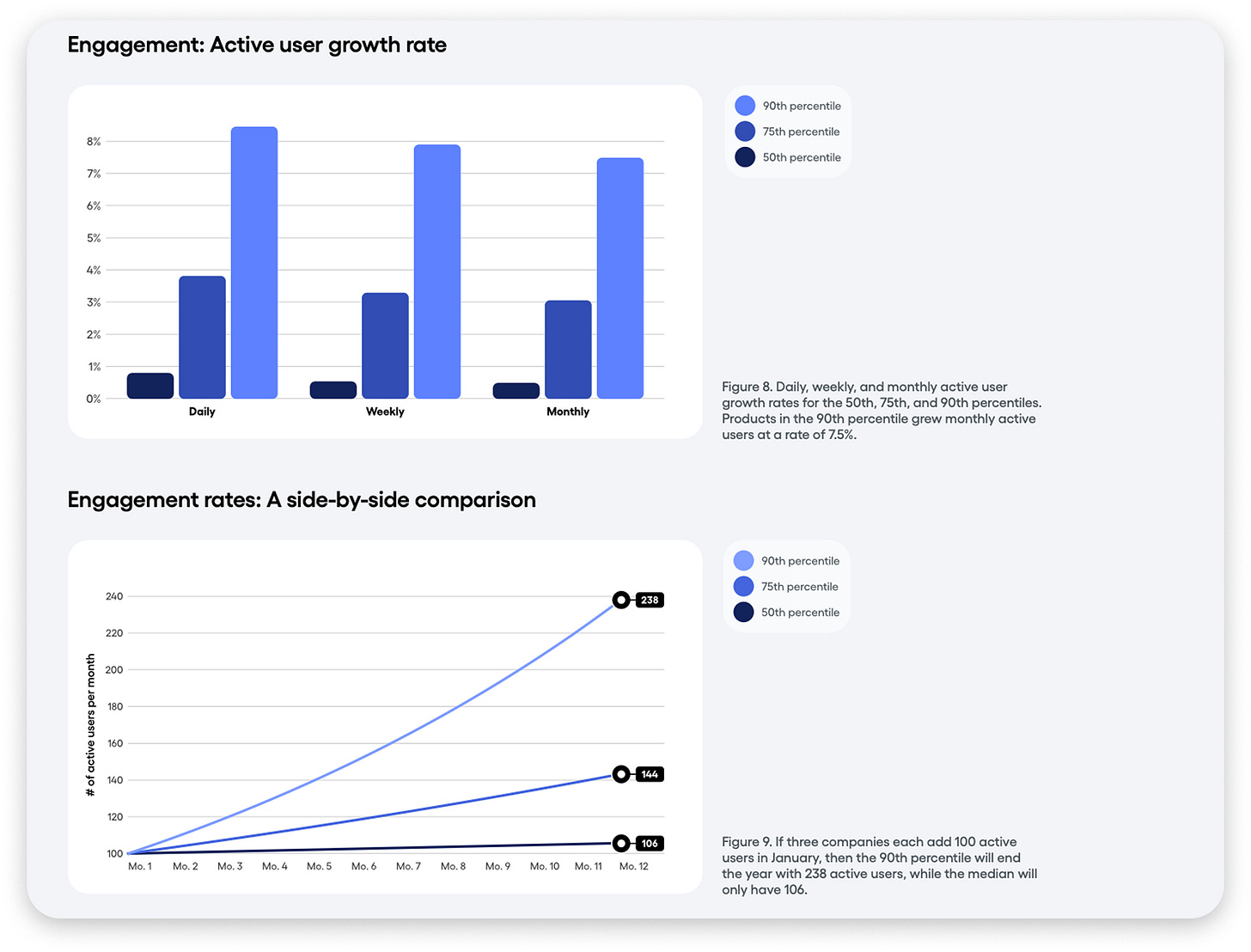
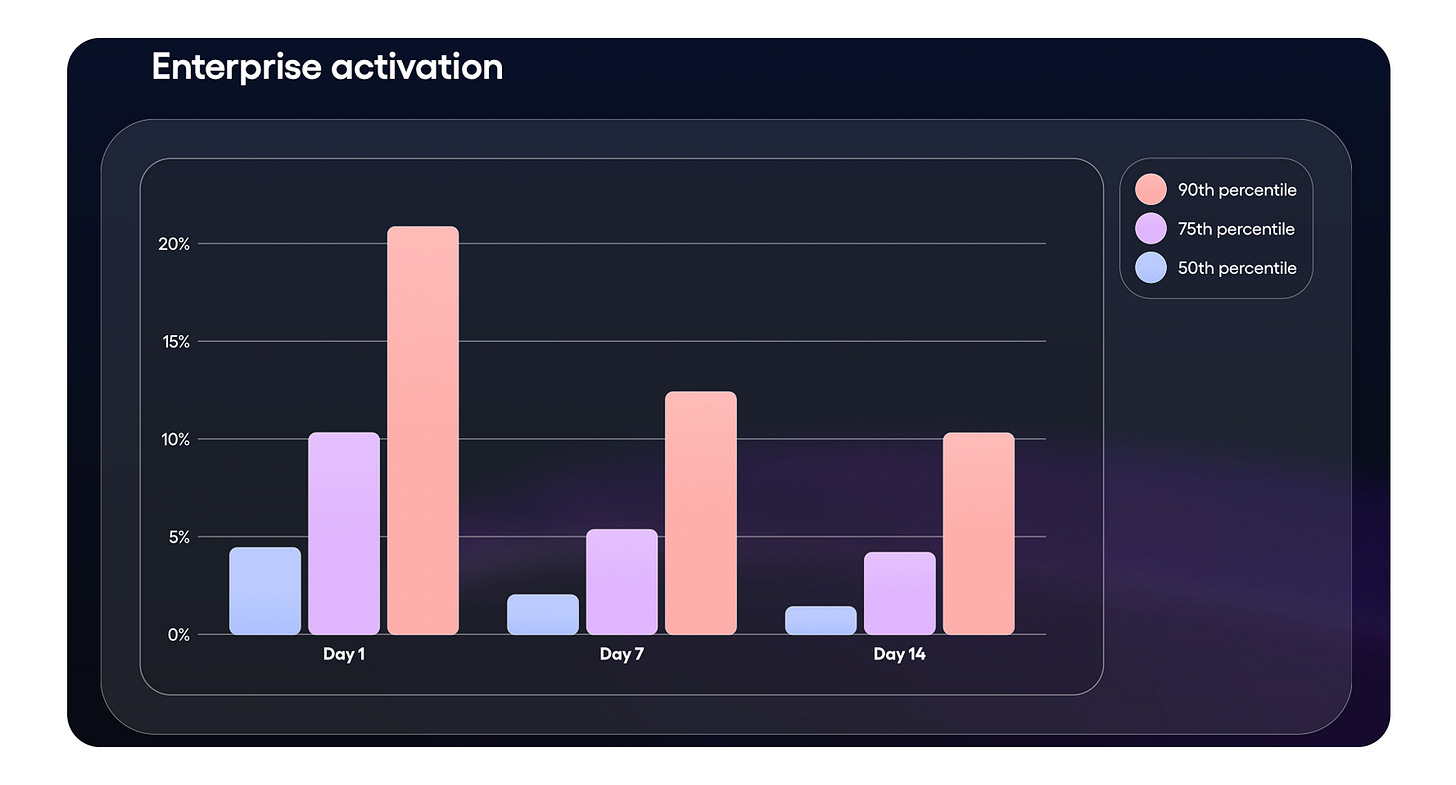
Couldn't agree more. The generic AI limit is so real. How does Amplitude MCP integrate behavioral context with an LLM like Claude so seamlesly?